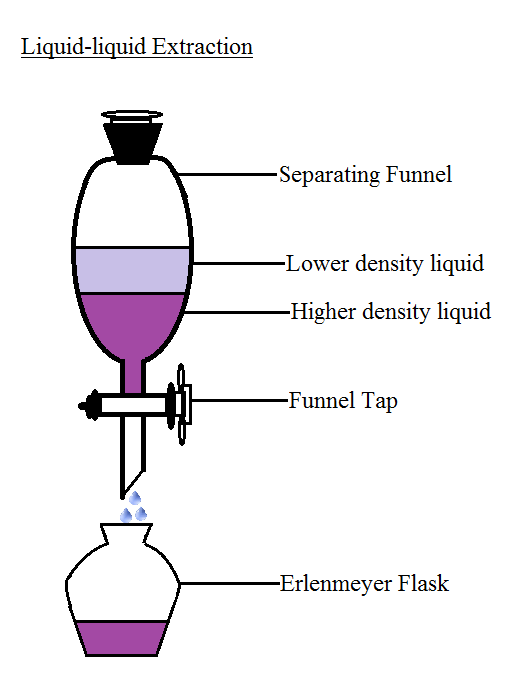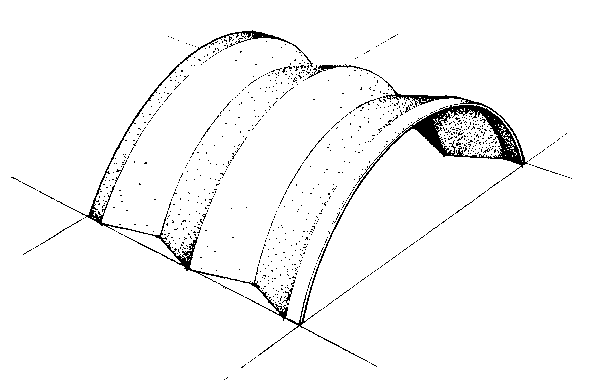The Power of Gesture Language: Communicating Beyond Words
The Power of Gesture Language: Communicating Beyond Words

The Power of Gesture Language: Communicating Beyond Words
Communication is a fundamental aspect of human interaction, allowing us to express our thoughts, emotions, and desires. While spoken and written languages are the most common forms of communication, there exists another powerful and universal language that transcends linguistic barriers – gesture language. This non-verbal form of communication has been used by humans for centuries, enabling individuals to convey messages through hand movements, facial expressions, and body language. In this article, we will explore the fascinating world of gesture language, its history, significance, and its impact on human communication.
The Origins of Gesture Language:
Gesture language predates spoken language and has been an integral part of human communication since ancient times. Early humans used gestures to convey their needs, warn of danger, and express emotions. These gestures were instinctive and intuitive, allowing individuals to communicate effectively without the need for words. Over time, these gestures evolved into more complex and structured systems, forming the basis of modern-day sign languages.
Significance and Universality:
Gesture language is a universal form of communication that transcends cultural and linguistic boundaries. It allows individuals to communicate with each other, regardless of their spoken language. This universality makes gesture language an invaluable tool for individuals with hearing impairments, enabling them to express themselves and engage in meaningful conversations. Additionally, gesture language can be used in situations where verbal communication is challenging or impossible, such as in noisy environments or during emergencies.
Types of Gesture Language:
Gesture language can be categorized into two main types: emblematic gestures and co-speech gestures. Emblematic gestures are specific hand movements that represent a particular word or concept. For example, the "thumbs up" gesture universally signifies approval or agreement. Co-speech gestures, on the other hand, are spontaneous movements that accompany speech and enhance the meaning of spoken words. These gestures can include pointing, waving, or using facial expressions to convey emotions.
The Importance of Body Language:
While hand movements and facial expressions are essential components of gesture language, body language also plays a crucial role in non-verbal communication. Posture, stance, and overall body movements can convey a wealth of information about a person's emotions, intentions, and attitudes. Understanding and interpreting body language can greatly enhance our ability to communicate effectively and empathetically with others.
The Future of Gesture Language:
In today's digital age, gesture language has found new applications in technology. Touchscreens, motion sensors, and virtual reality devices have enabled the development of gesture-based interfaces, allowing users to interact with devices using hand movements and gestures. This technology has opened up new possibilities for individuals with disabilities, providing them with alternative means of communication and interaction.
Gesture language is a powerful and universal form of communication that has been used by humans for centuries. It allows individuals to express themselves, convey messages, and connect with others beyond the limitations of spoken language. Whether through sign languages, emblematic gestures, or co-speech gestures, the ability to communicate through gestures is a testament to the ingenuity and adaptability of human beings. As we continue to explore new technologies and advancements, gesture language will undoubtedly play an increasingly important role in our interconnected world.
























